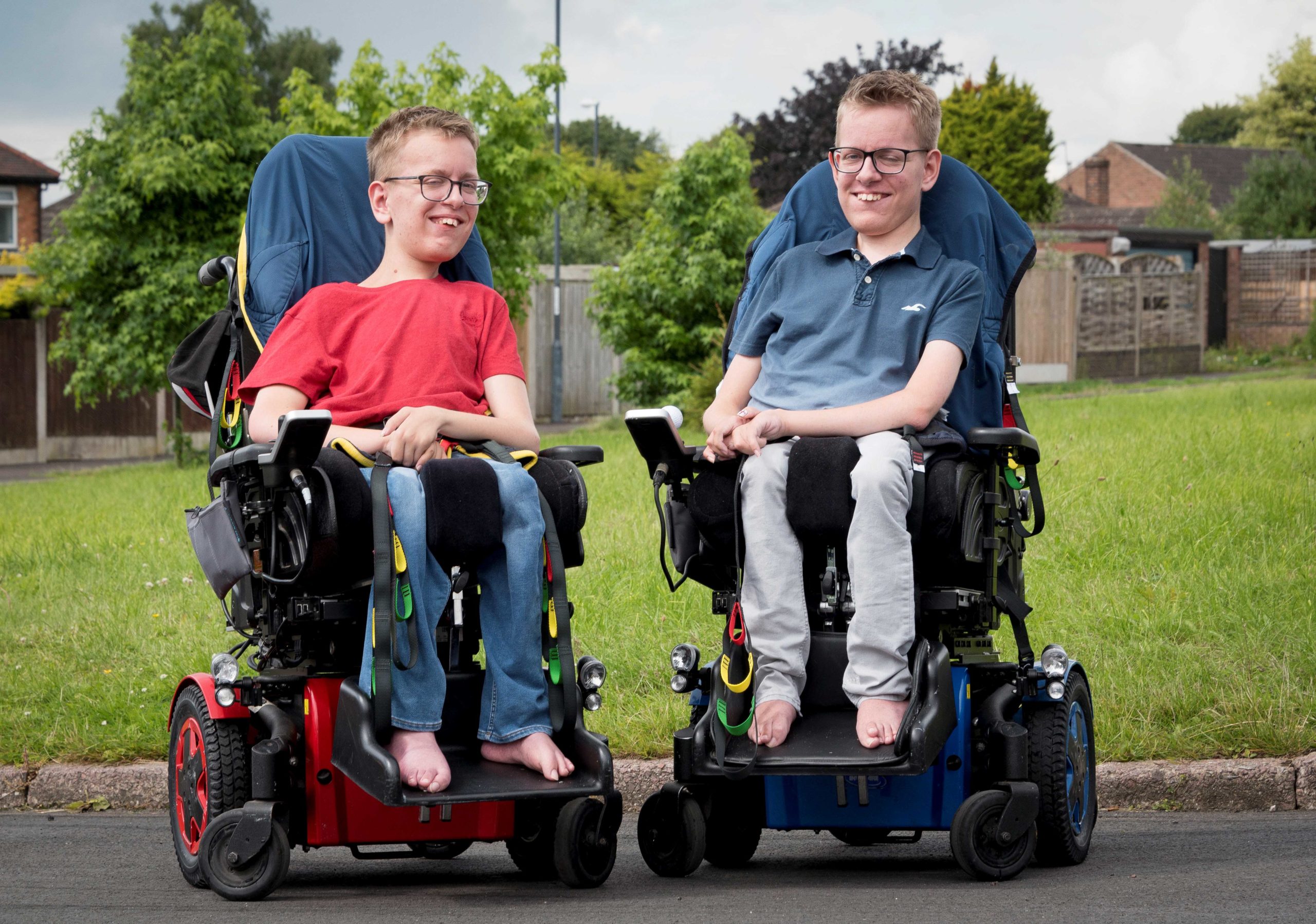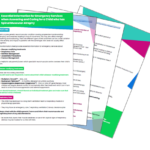Teenagers (13-17 years) Health and Wellbeing

Teenagers (13-17 years) Health and Wellbeing
Last reviewed: November 2024
August 2025: Taking care of your health and wellbeing
It’s National Wellness Month. The event encourages everyone to prioritise self care, stress management and healthy habits.
Follow the link to the resources created by Trusted Information Creators using a PIF TICK approved process >. This means are they are up to date, evidence based and easy to use and understand.
During your teenage years and into adulthood, your body and brain will be going through a lot of different changes. All of this will be affecting:
- how you feel about your identity
- starting to become more independent
- making close friendships and relationships
- developing your analytical thinking
- working out what is important to you.
Your brain will keep developing, affecting things like your:
- organisation
- levels of risk taking
- hormones and emotions
- decision-making
- sleep patterns
- levels of stress
And then on top of all this, you are managing your SMA, which brings its own complications. This time period is a bit like a jigsaw that you are constantly expanding and building on, and it means change for your parents and carers as well.
See our section on Personal Life for more information about:
- personal space at home
- sex and relationships
- managing periods
- mental health and wellbeing.
Because SMA causes your muscles to get weaker, it affects your the way you hold your body (your posture) and movement. The day-to-day effect of this is very individual.
SMA can affect the muscles involved in breathing. How much – and what effect this has day-to-day is very individual. There are different ways to help manage breathing problems.
SMA can cause weakness in swallowing muscles. This affects how easily food moves through the digestive system. For some, eating difficulties can mean they do not get enough food and become underweight. For others, muscle weakness makes it difficult to exercise and they become overweight.
People with SMA can have problems with the bones that are supported by the muscles (orthopaedic problems). How much of a problem – and what effect this has day-to-day is very individual.
What’s possible for me?
The two treatments potentially available for young people are nusinersen (Spinraza™) and risdiplam (Evrysdi™). Talk to your medical team and parents about any possible options for you so that you can make any decisions together.
What experiences have others had?
You might wonder:
- what have other people chosen?
- what made them make that decision?
- what was having that treatment like?
- what difference did it make?
Many people post on Facebook, Instagram, blogs and vlogs about their experiences. This can be very useful and interesting. But what happens for one person isn’t the same as for the next. It is probably also fair to say that if your experience has not been good, you might not post about it. So, whatever you see, talk to your medical team and parents. Ask all the questions you want. It has to be the right decision for you.
All teenagers have a lot of changes and stresses to negotiate, but your SMA and the impact it has on you means you have a lot more than most. It’s good to talk and get support.
Some young people who have SMA have difficulty opening their mouths and with swallowing. This can make cleaning teeth and dental care challenging. Added to this, local dentists may not be wheelchair accessible. They may not be set up to treat anyone who needs careful positioning.
You may need to be seen by the NHS Special Care Dental Service. Ask your speech language therapist, dietitian or other member of your clinical team or your GP for advice.
For More Information see:
Your views and how you feel about any treatment and plans to manage your SMA are really important. Your parents, medical team and GP will want to know what you think.
Anyone with SMA should have an Emergency Healthcare Plan (EHP) – a written plan of action that any medical team can follow if the person becomes unwell. It is important, for example, that school knows about your plan. It has to be reviewed and updated regularly. If you haven’t been very involved so far you may want to be next time it is being discussed.
It is best to agree your plan while you are well. As a general guide your discussions and plan should cover information about:
- Your parents’ or guardians’ contact details – all their phone and mobile numbers
- What the warning signs would be that would mean you should be taken to hospital
- Who in your medical team should be contacted in case of an emergency
- If your breathing might be hard to manage in an emergency, what are the best ways to manage this? You should understand them and feel OK about them
- If you have any difficulties moving your neck and jaw, what these are. This is so that any medical team helping you in an emergency knows what positions may be difficult for you
- What day-to-day care you have – any equipment and medications you use to keep well and how and when these are used
- What food and fluids you have, how you have them and how often you should have them during any illness
- When and which antibiotics are OK for you.
If your SMA is hard to manage, your parents/guardians may have already talked to your local emergency medical services about your needs and what equipment you use at home. Your GP may have helped set this up.
If you do have a health emergency, you should be taken to the closest hospital. Wherever possible, the equipment you use at home should be used – even if this is in an ambulance that is well equipped.
Sometimes you may need to go to Accident and Emergency (A&E) Services at a local hospital. Frequently clinical staff there will not have come across SMA. Our Information Team has worked with clinical experts to produce an information sheet for you or your parents to give to the A&E team. It provides information that will assist them with their assessment of your needs. You or your parents can download this and have it ready on your phone or bookmark it:
If your SMA is hard to manage, you may be transferred to your specialist hospital where they are better able to look after you.
Over time you will transition from children’s to adult healthcare services. You will begin to take charge of managing your health needs and making decisions about your care and any treatment.
Follow the link for all the childrens’ and all the adults’ UK Regional Neuromuscular Centres >.
Muscular Dystrophy UK also has other information about specialist neuromuscular centres in the UK >.
Your team may refer to:
These were written before the new disease-modifying drug treatments became more widely available. Even then, recommended standards of care for children, young people and adults varied and were based on:
- whether they could sit, stand or walk
- whether their breathing was affected by their SMA
- what other daily living activities they could manage.
You can follow the links to find:
The individual chapters in the guide:
- Chapter 1 – Introduction
- Chapter 2 – Genetics and diagnosis
- Chapter 3 – Physiotherapy and Rehabilitation
- Chapter 4 – Orthopaedic Management
- Chapter 5 – Nutrition, Growth and Bone Health
- Chapter 6 – Breathing (Respiratory and Pulmonary Care)
- Chapter 7 – Other Organs and Systems
- Chapter 8 – Medication
- Chapter 9 – Emergency Care
- Chapter 10 – Anaesthetics
- Chapter 11 – Administration of new treatments for SMA
- Chapter 12 – Ethics and Choices

 Essential Information for Emergency Services when Assessing and Caring for a Child who has Spinal Muscular Atrophy
Essential Information for Emergency Services when Assessing and Caring for a Child who has Spinal Muscular Atrophy